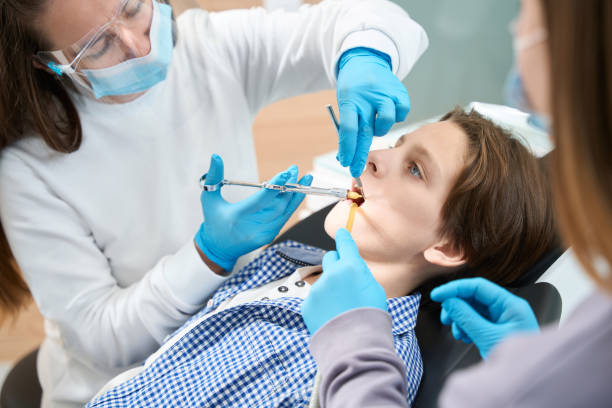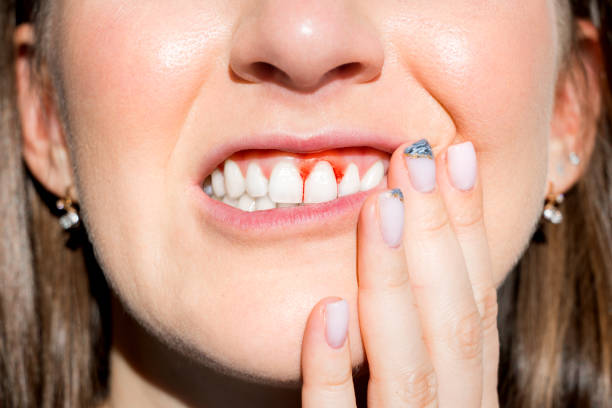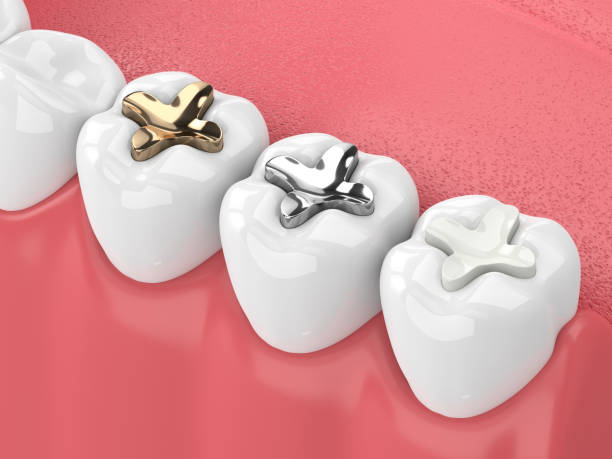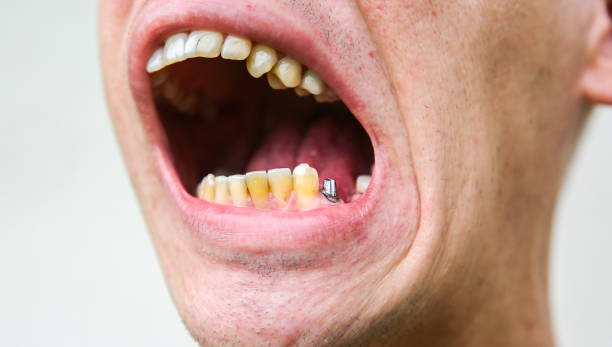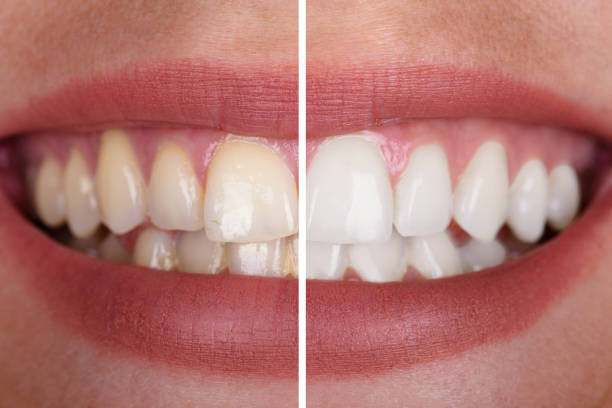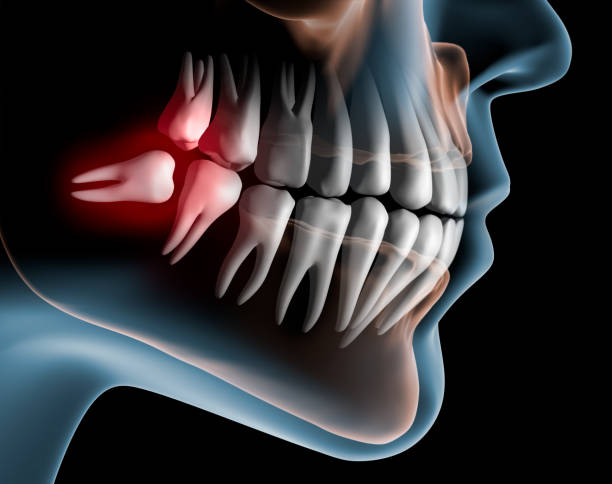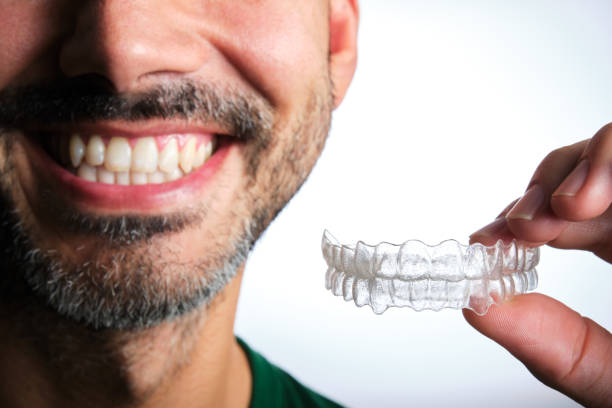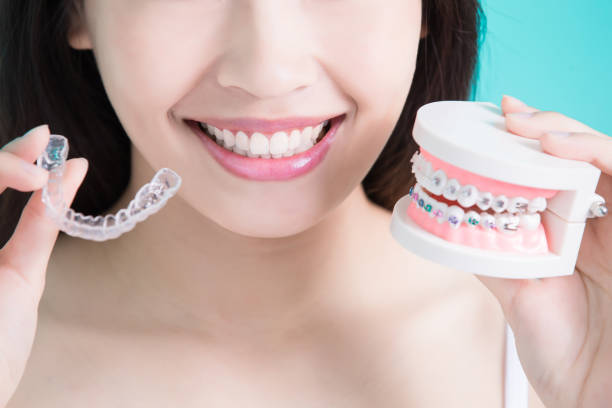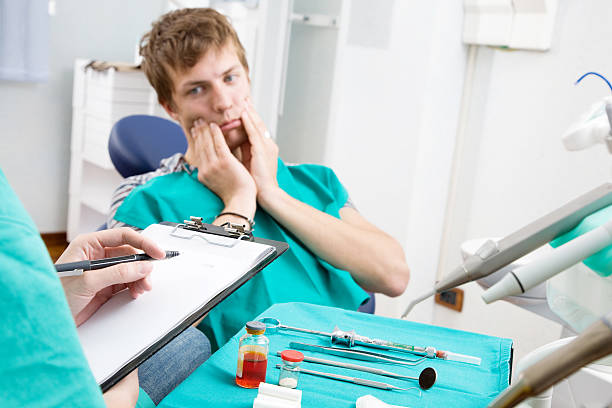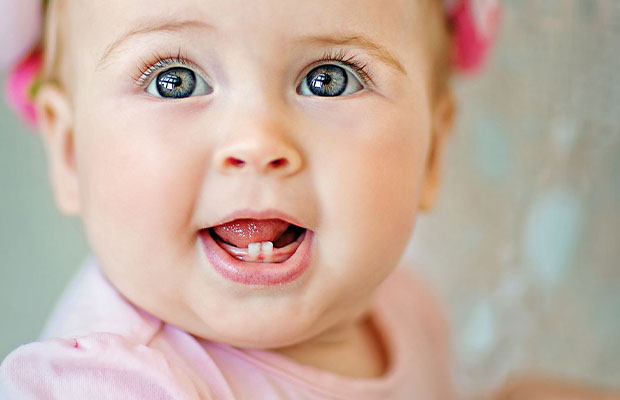A milestone worth celebrating and dreading is when your baby gets its first tooth.
You may be wondering, “How long does teething last?” between the sighing, complaining, and insomnia.
From a few weeks to a few months, a child may experience teething. For both parents and babies, it can be a challenging process.
We’ll talk about the duration of teething, its signs, and ways to make it less difficult for everyone in this blog. Along with that, we’ll offer some insightful guidance from parents who have been there before!
Table of Contents
What Age Do Babies Begin Teething?
Every baby is different when it comes to teething, just like with every other milestone.
Some infants have teeth from birth, while others don’t develop them until they’re 12 months old. The remainder falls somewhere in the middle.
The most common age for a baby’s first tooth to emerge is about six months, but if s/he still has a gummy smile at their first birthday, there’s probably no cause for concern.
Bring up the topic at your next pediatric appointment if, at the age of 18, there are still no signs of any teeth.

How Long Does Teething Last?
From a few weeks to a few months, a child may experience teething. When the first tooth starts to erupt, usually around six months of age, it starts. Although some infants may begin teething sooner or later than others. The process typically lasts until the child has grown all 20 baby teeth, which typically occurs by the time the child is three years old.
What Is The Sequence Of Baby Teeth?
Baby teeth erupt in the following sequence:
- Central incisors (top and bottom middle teeth)
- Lateral incisors (teeth next to the central incisors)
- Cuspids or canines (sharp teeth next to the lateral incisors)
- First molars (back teeth on either side of the mouth)
- Second molars (teeth behind the first molars)
What Are The Most Regular Teething Symptoms?
While some babies go through teething with hardly a whimper, others let everyone know how uncomfortable they are.
These are typical signs of teething:
Biting & Chewing
Biting on everything in sight is the simplest way to give the area a nice massage when new teeth are irritatingly poking through the gums. Some infants may even pull on their ear or rub their cheek when a new tooth is coming in, depending on the position of the tooth.
Drooling
Teething causes your baby’s mouth to produce more saliva than usual, leading to a lot (and we mean a lot) of drooling. Due to being constantly wet, some babies may even get a frightening-looking (yet harmless) teething rash on their chin or chest.
Your baby may cough or even guffaw if they have too much saliva in their mouth. Buy lots of bibs in advance.
Whining/Fussiness
Babies who are teething are frequently fussy. Although adults don’t remember it, teething can be painful on the baby’s sensitive gums, which can make them fussy and uneasy.
It’s normal for a young child to lose their appetite suddenly because the suction from nursing or bottle feeding can exacerbate the pain.
Tips To Treat Teething Pain And Discomfort
There are many natural remedies that can help ease your teething baby’s pain and discomfort.
- Give your baby cold fruit purees or yogurt if they are old enough. Alternatively, if your child is eating solids, sugar-free teething rusks, peeled cucumber, or chilled carrots can all help ease discomfort. Simply make sure they are large enough to prevent choking and inability to be swallowed.
- Irritation can result from drooling around the mouth and chin. It may be beneficial to gently clean your mouth with a soft cloth. If your baby has a facial rash, be careful not to rub the inflamed area and use a barrier cream to prevent further irritation.
- Give your baby a teething ring; cooling (not freezing) it before giving it to your baby will provide even more comfort.
- Give your infant a soft, cold face wash that they can chew on. The pain of sore gums may be lessened by the cold.
- Another option is to chew or suck on a pacifier (or dummy). Avoid putting jam or honey on the pacifier because doing so could lead to tooth decay.
- Use caution when using Amber teething necklaces because they can be a choking hazard.
- Your baby’s gums may become temporarily numb from pressure if you rub a clean finger over them.
- Giving your child extra love and care can also aid in distracting them from their suffering.
Speak to your healthcare provider if your child doesn’t experience any relief from these measures.
Teething gels are typically not advised because they might not be effective at reducing pain and may have negative side effects. Consult your baby’s doctor before giving him or her any pain relievers or anesthetic-containing teething gels.
How To Help Baby Through Procedure More Easily?
There are a few things you can do to ease your baby’s teething discomfort.
- Try giving them a teething ring or a cold washcloth to chew on if they need something cold.
- Their gums can also be massaged with your finger to help with the discomfort.
- You can give your baby Tylenol or Motrin to relieve the pain if they are older.
- The process is difficult for everyone involved, so try to be patient and understanding.
Take Care Of Baby’s New Teeth
It’s a good idea to establish the practice of wiping your baby’s gums during bath time with gauze or a soft, wet washcloth even before you can see your baby’s first tooth. Wrapping a gauze or washcloth around your index finger and gently rubbing it over your baby’s gums is the simplest way to clean them. It should be simpler to introduce tooth brushing later on if your baby is accustomed to having their mouth cleaned as part of their daily routine now.
Once teeth begin to erupt, a soft toothbrush made for kids can be employed. Brush your baby’s teeth gently twice daily on the inside and outside. Avoid giving your child toothpaste before they are 18 months old. When your child is ready to use toothpaste, just a tiny pea-sized amount will do. Make sure to use toddler-specific toothpaste. As soon as the bristles begin to look frayed or worn, replace the toothbrush.
The ideal time to see a dentist is when teeth begin to erupt or when your child is 12 months old. Additionally, they can offer more advice on teething and how to take care of your child’s brand-new set of pearly whites.
Although the emergence of your baby’s first teeth can be uncomfortable, it is also an important milestone. As their brand-new pearly whites begin to pierce their tender gums, your teething baby will require a lot of extra love and cuddles.
Remember to visit your dentist if you have any concerns about your toddler’s teeth.
FAQs
My baby’s teeth: should I brush them?
Yes, you can start brushing after meals and before bed as soon as the first tooth erupts.
Even though your baby will lose these teeth in a few years, brushing their teeth now will help them become accustomed to the process (and set a positive example for dental hygiene).
When do teething fevers occur?
No, teething shouldn’t elevate a child’s temperature. The start of the teething period (typically around 6 months of age) coincides with the time that babies start to get more infections as there is a decrease in antibodies that they receive from their mother, which is why fever is so frequently attributed to teething. Contact your healthcare provider if your child has a fever.
When to see a dentist?
When your child cuts their first tooth, or by the time they turn one year old, experts advise scheduling an appointment with a pediatric dentist. Even though that first appointment won’t be nearly as involved as when your child has a full set of teeth, it will help them become accustomed to visiting the dentist and set them up for good oral health.

